#Neogene–Quaternary volcanism
Explore tagged Tumblr posts
Text
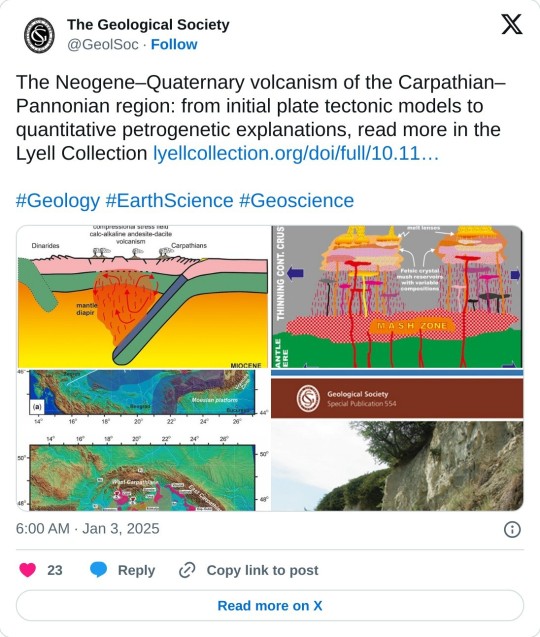
#Neogene–Quaternary volcanism#Carpathian–Pannonian region#tectonic#plate tectonics#Geology#Earth Science#Geoscience#petrogenetic#explanations#science
6 notes
·
View notes
Text
We have a winner!

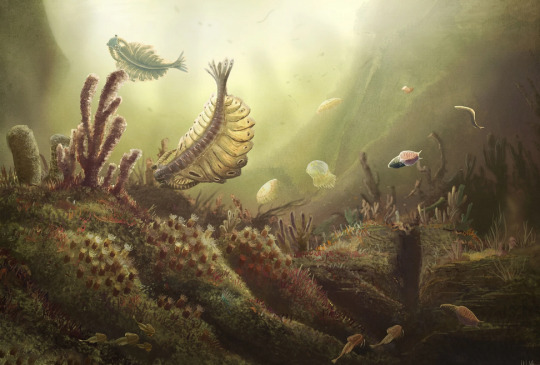
Cambrian (14.7%): Undisputed winner, of course: the time in which the major phyla of the animal kingdom took shape, the time of Anomalocaris, Opabinia, and all other weird arthropods and quasi-arthropods roamed the shallow seas. The crucible of animal life, seminal for all that came later.
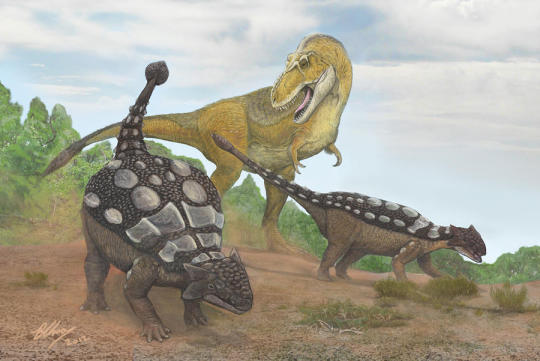
Cretaceous (11.9%): The absolute peak of megafauna in Earth's history, the time when animals twice as heavy as a fully-grown elephant still felt the need of an armor so thick it covered their eyelids. The time when life on Earth was at its most Most, and ending with the worst single day in its history too. (And also the time when flower plants, spiny-finned fish, and social insects filled the world, but seriously, who has the heart to ignore the giant dinosaurs?)

Ordovician (9.6%): Even though this was my vote, I was surprised to see it rank so high! (The first day, it was enck-to-neck with the Cretaceous!) Most summaries of the history of life don't even mention it by name. This is the Cambrian's younger, less cool but harder-working sibling, the time when animal life detached from the seafloor and filled the waters. Giant nautiloids, swimming trilobites, and the first (jawless) fish.
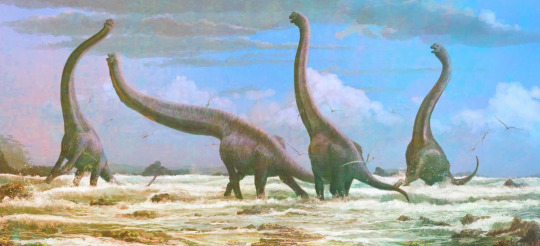
Jurassic (9.6%): Most of what I said of the Cretaceous also apply here. If you like giant sauropods and stegosaurs more than hadrosaurs and ceratopsians, or think that Tyrannosaurus is too mainstream and Allosaurus deserves more love, the Jurassic -- time of dinosaurs par excellence -- is right there.
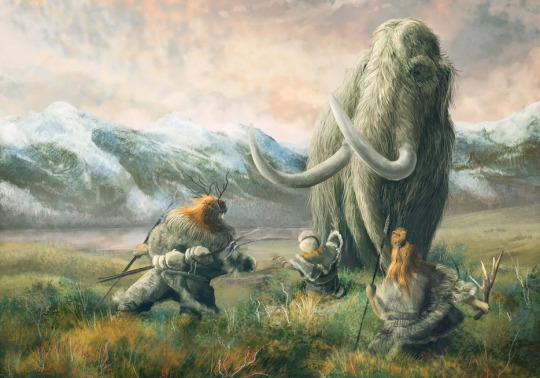
Quaternary (9.6%): The Cenozoic in general ranks pretty low -- too normal-looking I guess, we have birds and mammals already -- but the Quaternary stands far above the other two. I suppose Ice Age megafauna still retains its charm!
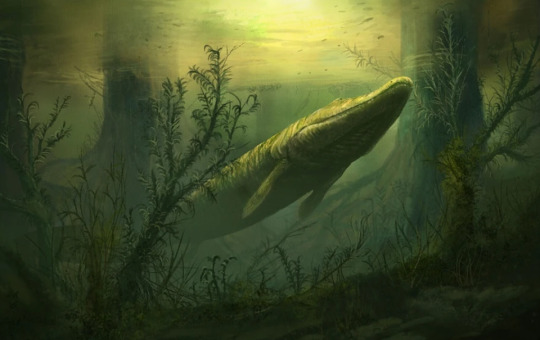
Devonian (8.8%): Ah, the golden age of fish diversity, the time when the land turned green and our ancestors left the ocean behind. Also the last jawless fish and trilobites had a really good time (the Permian extinction would only mop up the survivors). And the only period placoderms, taken out so soon, were given to shine.

Silurian (7.9%): The time of the very first land ecosystems... if they weren't already around in the Ordovician. Kind of a filler period, by comparison with the Ordovician and the Devonian. Heterostracan fish and sea scorpions are so cool, though.

Carboniferous (6.8%): The great swampy coal forests and their fauna of man-sized quasi-millipedes, raven-sized quasi-dragonflies, and giant armored amphibians is not quite as popular, however. I can't blame people for not caring much for coal anymore, I guess.
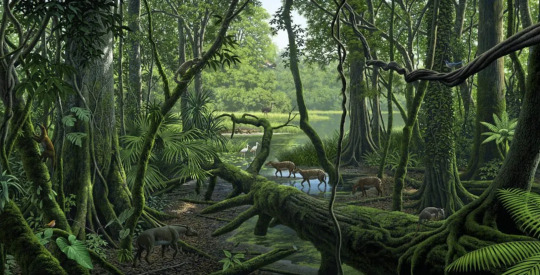
Paleogene (6.6%): The quiet time of respite after the downfall of dinosaurs, tropical jungles almost reaching the poles, and the first spread of primates while continents finally took their familiar arrangement. The Cenozoic is not so hot in general, it seems. (Will anyone appreciate the volcanic lake occasionally killing everything in its surroundings and creating one of the best fossil sites on Earth?)
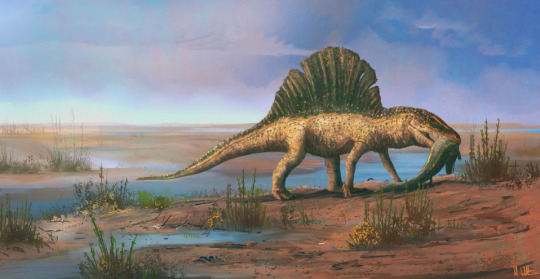
Triassic (6.5%): Triassic fauna is really underappreciated, if you ask me. Long-necked Tanystropheus and flat-toothed placodonts and chameleon-like drepanosaurs, and a profusion of quasi-crocodiles, and the dawn of mammals and dinosaurs, compressed in a brief respite between two mass extinctions.
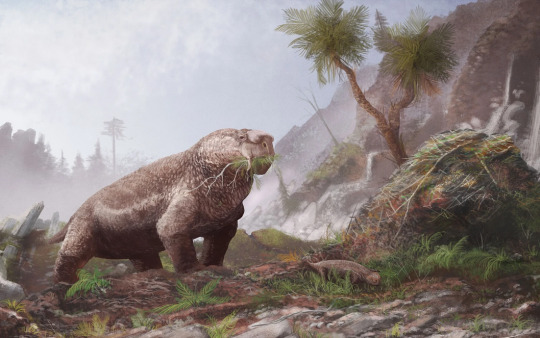
Permian (5.4%): Poor Permian. No love for the kingdom of synapsids -- sail-backed pelycosaurs and dagger-toothed gorgonopsian -- dethroned by two mass extinctions, and who would have to live in the shade of dinosaurs before resurging in the form of mammals? For Pangea stretching its burning desert heart from pole to pole? For Earth's most terrible mass extinction, that almost took out insects? Someone has to be near the bottom, I guess.
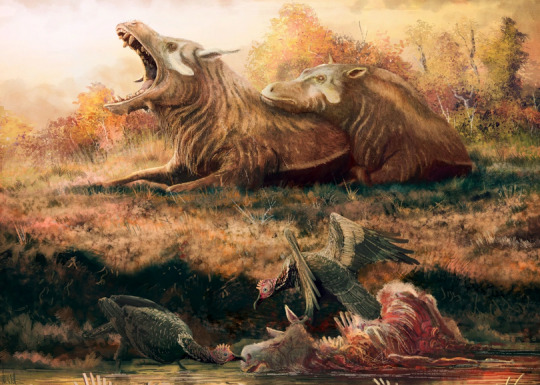
Neogene (2.6%): And there is the actual bottom. Dear Miocene, the golden age of apes and elephants, the time when a world of jungles became the world of woodlands and grasslands that we know today, too familiar to be popular and without the appeal of the Ice Age, someone had to be here.
(Picture credits: Cambrian, Devonian, Permian, Triassic, Jurassic, Neogene, Quaternary by Mark Witton; Carboniferous by Olorotitan; Cretaceous by Gogosardina; Paleogene by Raul Martin, kindly collected by Worldbuilding Pasta; Ordovician, Silurian from Ocean of Origins)
348 notes
·
View notes
Text
Great Basin National Park: a Historical Rundown
The Great Basin lays just South of the 6 and 50 highway in the US, close to the border of Utah and covers much of Northern and Central Nevada, small parts of Wyoming, Idaho, Organ and California. The area is hardly populated with Baker, NV being the closest town.
In the 1800′s George Montague Wheeler led expeditions in the area as a topographer for the U.S. Army Corps of Engineers, along side him was GK Gilbert; who was the first to write a geological report of the area.
Later on in the 1800′s Absalom Lehman came to the basin in search for gold and other valuable minerals. However, he was unsuccessful and lived life as a rancher selling supplies and food to the miners that came through. By 1855 he made the marvelous discovery of caves above his ranch and began to give tours.
The caves and their tours became a staple of the area and was pronounced the Lehman Caves National Monument in 1922. About 64 years later the Great Basin was named a National Park in 1986.
Let it be told that the history of the Great Basin does exceed that of its story of becoming a national park, or any other instances of human history within it. It is within the rocks that the Great Basin tells its tales.
The Great Basin starts its story in a Neoproterozoic, Cambrian ocean that existed all the way until the Pennsylvania. Through out this time, the ocean levels rose and fell, which is told by the transgression and regression sequences in the ancient sedimentary rocks. It wasn’t until the upper Paleozoic that the tectonic activity shifted the continental shelf environment.
Unconformity lies within the early Mesozoic Era and has not yet been added to the narrative but the story continues on into the Late Mesozoic Era in which faulting and igneous intruding was present due to the Sevier and Laramide Orogenies. The activity of crustal thickening and shortening along with plutonic intrusion was carried out throughout the Early Tertiary Period in the Paleogene Epoch. Low grade metamorphism during the Mesozoic burial beneath thrust sheets occured in the Pole Creek Limestone, Prospect Mountain along with other older rocks from the Neoproterozoic and lower Paleozoic.
Throughout the Cenozoic Era there was much andesitic volcansim. The Snake Range accumulated ash flows, tuffs and conglomerates. Most of the Volcanoes are about as old as the Oligocene of the late Paleogene. From the Oligocene Epoch to the Miocene Epoch of the early Neogene, there is a major extension of Snake Range. The displacement of the Snake Range detachment fractured the upper plate rocks on the South side and exposed the lower plate to the Metamorphic Core Complex
From the Miocene, the entire region was uplifted and broken up by a series of normal faults the created the tilted Basin and Range, along with block faulting. Any further volcanism was of basaltic composition.
As far as the Quaternary climatic changes go, there was multiple instances of Alpine Glaciation, that occurred in the area. Their glacial decomposition left the Lehman Creek moraine at 8100ft and the Dead Lake moraine at 9500ft. The Pleistocene glaciation formed the Lehman Caves. They also eroded the summits of Snake Range. Constant down slope erosion continues to create immense weathering, along with snow that collects in the summit’s hollows. There is still a glacier left to be found in the cirque of Wheeler Peak, along with a rock glacier.
#historical#historical geology#historic#geology#great basin#great basin national park#historical geology of great basin#what is the great basin#what happened in north america#what is the geology of north america#north american great basin#what is#geolgoy#geo#great basin fun facts#nevada#california#idaho#utah#organ#wyoming#nation#national#national parks#usa#united states of america#united states of america national parks#usa national parks#parks#great
4 notes
·
View notes
Link
Jabal Al-Shahba Cinder Cone
1. Introduction Harrat Al-Shaam plateau basalt covers an area of 45 000 km2 and lies in the NW part of the Arabian plate. This plateau extends from Syria to Saudi Arabia through Jordan (Mouty et al., 1992).
It is considered to be globally one of the largest alkali olivine basalt pla-teaus. The Syrian part of the plateau is locally known as Jabal Al-Arab basalts and occurs in the southern Syria. It covers an area of about 20,000 sq. km and extends from the southern rim of the Damascus Basin, which is marked by the folded mountain of the Antile-banon southwards to the Jordanian border.
The basalt attains a thickness of about 1500 m and is of Neogene-Quaternary age (Mouty et al., 1992 and Otaki, M.198 ) Large numbers of volcanic cones (scoriaceous and basaltic) with unlimited number of eruptive centers occur in the area and are distributed through the pla-teau.
Jabal Shihan and Jabal Al-Shahba are the most outstanding volcanoes in this basaltic field. This study aims at a detailed investigation of Jabal Al-Shahba Volcano.
The Volcano is located near Al-shahba Vil-lage which is lies about 15 km to the north of Al-Suweida (Fig. 1). A trip around the volcano can be usaoll by newly estab-lished small tracks that meander to the summit of the volcano. The volcano has a height of about 65m and covers an area of about 3 km2. An open pit mine (30m X 40 m) is located in the northern flank of the volcano.
Jabal Al-Shahba is exposed as a single, relatively mod-erate-lying hill of almost circular overall shape within a vast plain area. The flanks of the volcano have slopes of about 25-30o in all directions, creating a nearly symmetrical conical geometry (Fig. 2). It is sur-rounded in the western and southwestern parts by sev-eral basaltic volcanoes forming a volcano group.
0 notes